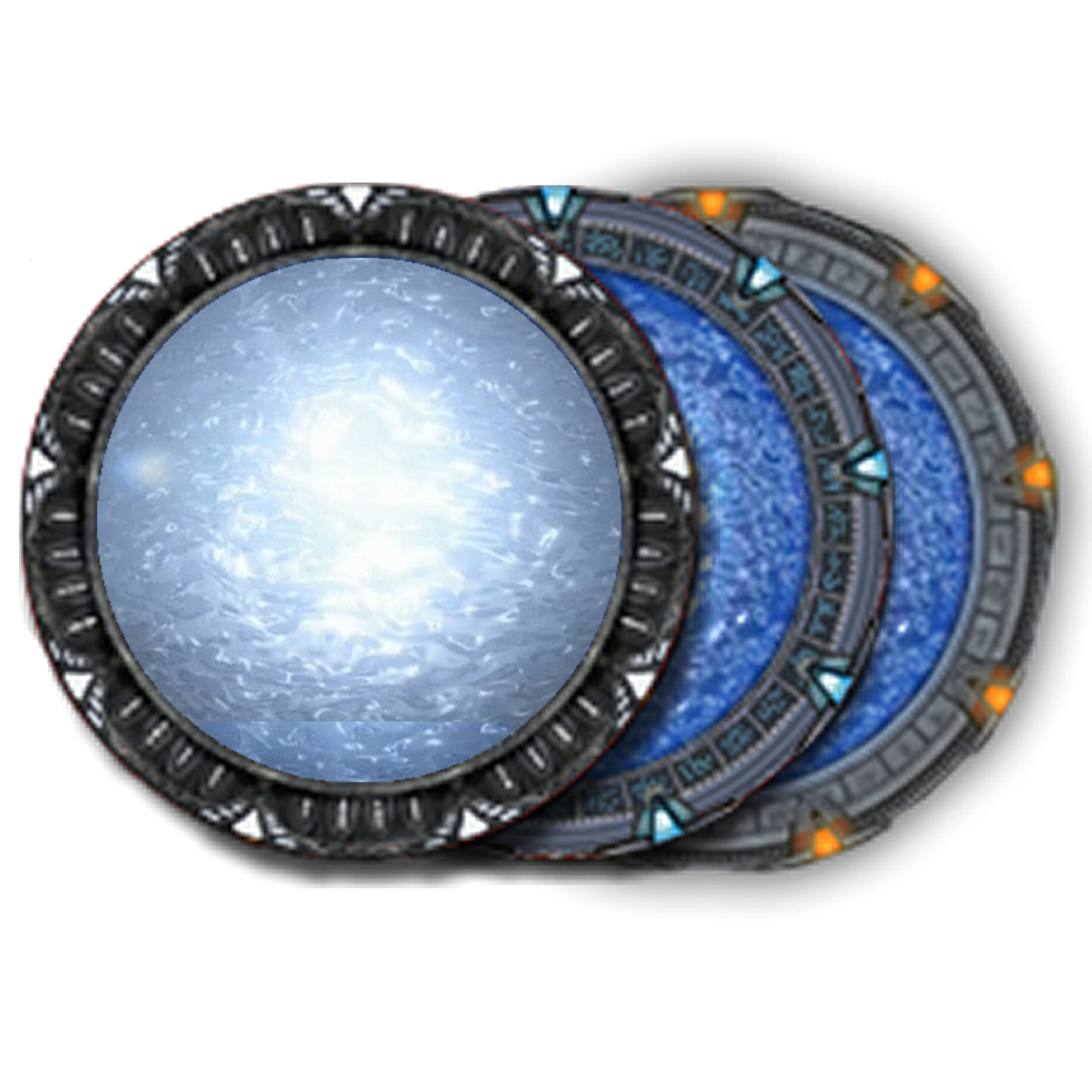Stargate Wiki:Real point of view
| This page is an official policy of Semantic Stargate Wiki. This policy is considered by the community and its leadership to be the status quo of Semantic Stargate Wiki and is not to be countermanded or ignored, though changes to it can be discussed on the appropriate talk page. |
The Real Point of View, from the perspective and purpose of Semantic Stargate Wiki, is an encyclopedic description or detailing of events, cast, crew and production information on all Stargate series and movies.
Most articles on Semantic Stargate Wiki are written with an "in-universe" voice. Aside from documenting cast and crew, articles with a real-world perspective are relatively rare.
Differences in the Real-World Perspective
The real-world point of view speaks in an "out-of-universe" voice, where a contributor matter-of-factly documents the show and its events and objects as a fictional work, never attempting to write information as if the characters, situations and events were "real."
Out-of-universe information generally discusses the "reality" of the objects, places and events used in the production of Stargate.
In contrast, articles like Abydos are completely in-universe, documenting the subject matter from the perspective of an omniscient "reporter" who "lives" in the Stargate universe. The reporter is able to chronicle what occurs to the characters of Stargate without channelling their knowledge of out-of-universe history as part of their reporting.
Many articles on Semantic Stargate Wiki mix (appropriately and inappropriately) in-universe and out-of-universe data in articles.
The How-To of Real-World voicing
Some articles suffer when descriptions of production or cast and crew notes are mixed with an episode or character article's chronicling of events in Stargate's fictional world, leaving the perspective and message of the overall article harder to understand. Contributors can handle this problem in several ways.
- Remove the out-of-universe information.
- Move the out-of-universe information into the Notes section of an article.
- Use footnotes to reference the out-of-universe information.
- Create a new article with the out-of-universe information.
Removing the out-of-universe information
Removing the out-of-universe information should not be done except where the out-of-universe reference is not germane to Stargate itself.
A common type of references such as these involve contributor's notes that contrast or compare Stargate events, characters or situations to unrelated films or television shows.
Compartmentalize the out-of-universe information in the article
Many articles that mix in-universe and out-of-universe perspectives have the out-of-universe information as bulleted items in a Notes section of the article. Generally, this is an acceptable way to quickly add such information in an article without creating distracting out-of-universe information in the in-universe article body.
Such notes, however, have some disadvantages. One problem is that they don't allow for a reader to connect the reference to specific sections of the article, nor do they alert the reader of these special notes unless the reader actually reads the Notes section. Another problem is that the Notes section is a general location for trivia, related articles and other minutiae. Too many notes in the section will make it hard to read.
If the out-of-universe reference has photos for contrast or comparison, you might be able to combine the use of italics to "set off" the out-of-universe text, and frame the italicized text adjacent to the photos.
Use footnotes to reference the out-of-universe information
A creative and more encyclopedic way to reference real-world information for an episode, event, character article is to use footnotes. Like notes, footnotes appear at the end of the article.
Unlike notes, footnotes are embedded within the article with the <ref> and </ref> tags after the specific in-universe datum. When the article is complete, a special footnote link appears, which allows a reader to be aware of more information on the subject.
Articles can use both Notes and footnotes. Footnotes, however, can lend itself to powerful citations that embed themselves to allow any contributor to follow sources or other minutae throughout an article.
To use footnotes:
- Create a section named
==References==at the end of the article body, after the Notes section (if any). - Below the new References section, add
<div style="font-size:85%"><references/></div>. - Within the article text, place any footnotes between
<ref>and</ref>tags immediately after the relevant topic. Make sure that your citations are written in a suitable form, like a MLA-style citation, or in complete sentences with proper punctuation and diction. Out-of-universe notes should use normal voice, not present voicing as used for episode chronicling. - Use the page previewing feature when editing to check that your references appear properly in the References section. The footnotes will automatically number and renumber themselves as you enter or remove citations.
- Save the article and enjoy the results.
Create a new article with the out-of-universe information
In rare instances, the volume of real-world information is such that notes or footnotes would make the article too complex to manage. In these cases, a real-world article can be created. Articles that discuss props, production notes and the like may need an article that stands on its own, linking to in-universe and out-of-universe articles to help document and cite.
| This page uses some contents from Battlestar Wiki. The original article has been written in Battlestar_Wiki:Real_Point_of_View. The revision history can be seen in the Revision history page. Battlestar Wiki text is available under Creative Commons Attribution-NonCommercial-ShareAlike 3.0 Unported (CC BY-NC-SA 3.0). If you want to reuse it you have to distribute it under the same license. |


